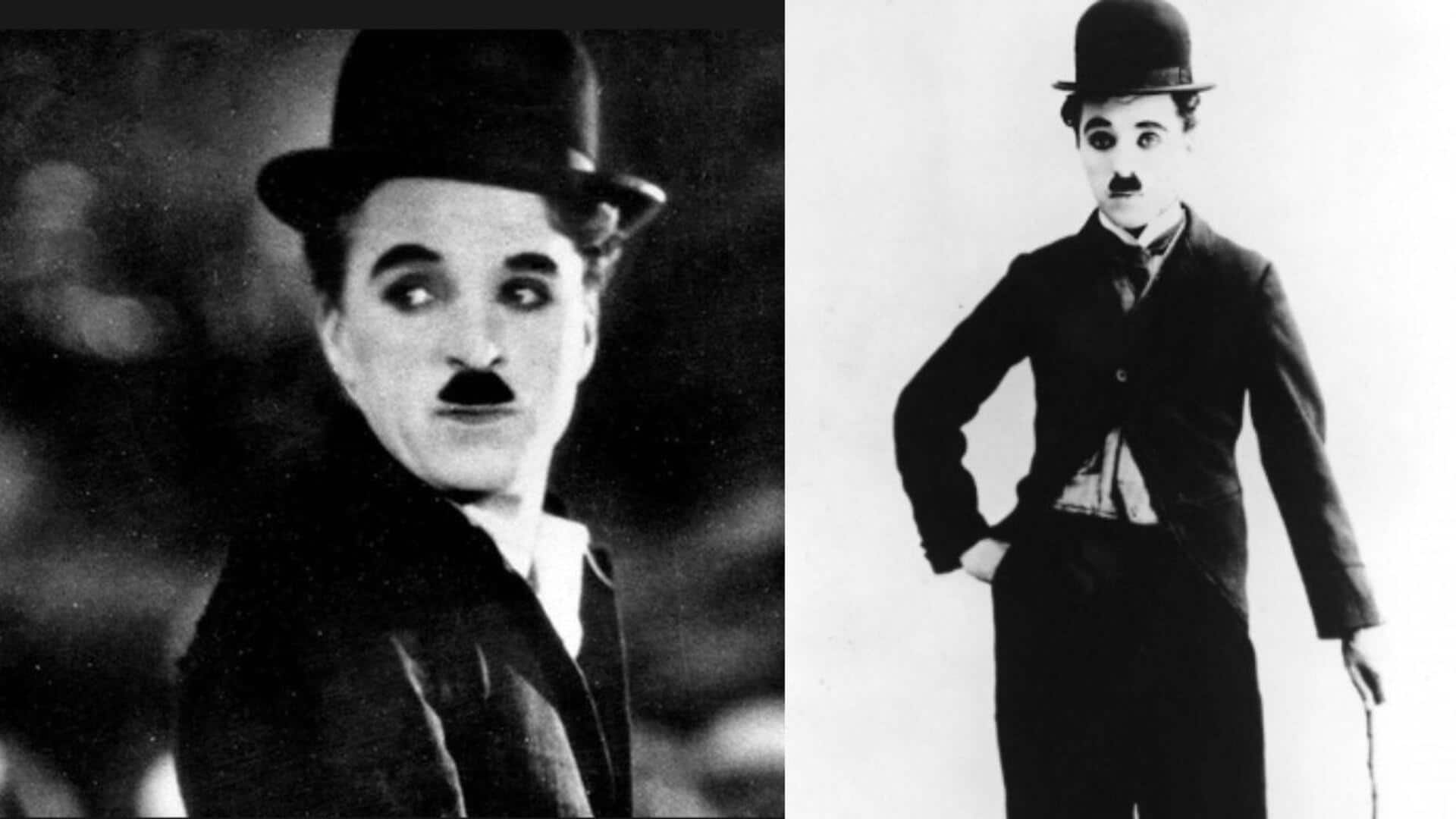
How Charlie Chaplin's Tramp changed cinema forever
What's the story
Charlie Chaplin's iconic character, the Tramp, has left an indelible mark on US cinema. With his trademark bowler hat, cane, and mustache, the Tramp became a symbol of resilience and humor during difficult times. Let's take a look at how this character evolved over the ages and its impact on American film culture. From silent films to talkies, the Tramp's journey reflects broader changes in society and cinema.
Early days
'The Kid' and early success
In 1921, The Kid became a defining moment in Chaplin's career. The film portrayed the Tramp as a kind-hearted character who cares for an abandoned child. This touched a chord with the audience, bringing to life themes of poverty and struggle. It was among the first-ever feature-length comedies to marry humor with pathos, paving the way for future films.
Sound era
Transition to talkies
With the advent of sound in cinema in the late 1920s, many silent film stars struggled to adapt. But Chaplin transitioned successfully by initially resisting dialogue in his films like City Lights (1931). He kept the essence of the Tramp alive through visual comedy, while subtly incorporating sound effects and music.
Social themes
Social commentary in 'Modern Times'
In Modern Times, Chaplin employed the Tramp to provide commentary on industrialization and financial struggle amid the Great Depression. The film showcased fights against dehumanizing factory work, all while remaining a comedy. This combination of social commentary with humor made it applicable even outside its time.
Cultural impact
Legacy beyond cinema
The influence of Chaplin's Tramp is not limited to movies; it has seeped into other cultural spheres like literature and art. His character became synonymous with perseverance amidst adversity—a universal theme that continues inspiring artists across the world, today, without losing its relevance or charm decades since its inception into popular culture history books alike!